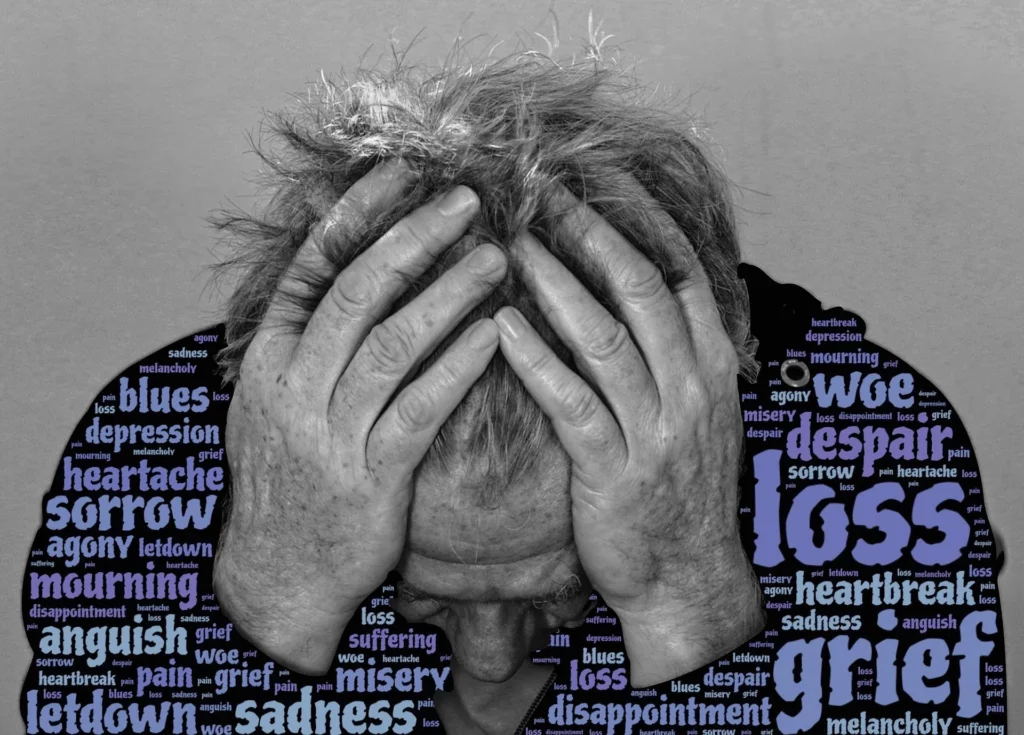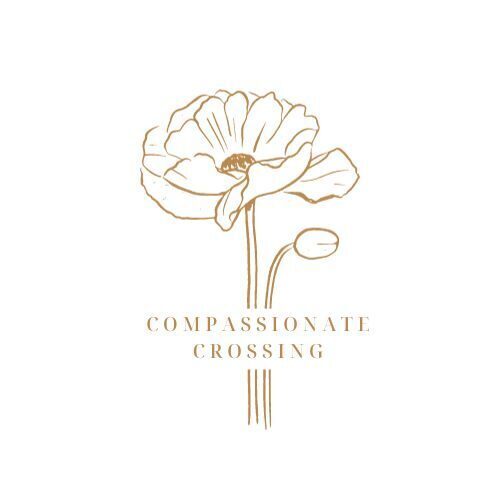Not all stages of grief happen in order.
Many people are familiar with the five stages of grief: denial, anger, bargaining, depression, and acceptance. These stages were first proposed by Elisabeth Kübler-Ross in her 1969 book On Death and Dying, based on her observations of terminally ill patients. However, these stages are not meant to be a rigid or linear sequence everyone follows after a loss. Instead, they are a general framework that can help us understand and cope with our emotions.
Grief is a complex and personal process that varies from person to person and from situation to situation. Some people may experience all five stages, some may skip or repeat some steps, some may experience them differently, and some may experience other emotions that are not part of the Kübler-Ross model. There is no right or wrong way to grieve as long as it does not harm yourself or others.
Some factors that can influence how we grieve include:
- The nature and significance of the loss
- The circumstances and cause of the death
- Our relationship with the deceased
- Our personality, coping style, and support system
- Our cultural and religious beliefs and practices
- Our previous experiences with loss and trauma
The critical thing to remember is that grief is not a problem to be solved but a natural and normal response to loss. It is not something we can rush or avoid but need to face and work through. Grief can be painful and challenging but can also be an opportunity for growth and healing. By acknowledging and expressing our feelings, seeking support from others, taking care of ourselves, and finding meaning in our loss, we can eventually move forward with our lives.


